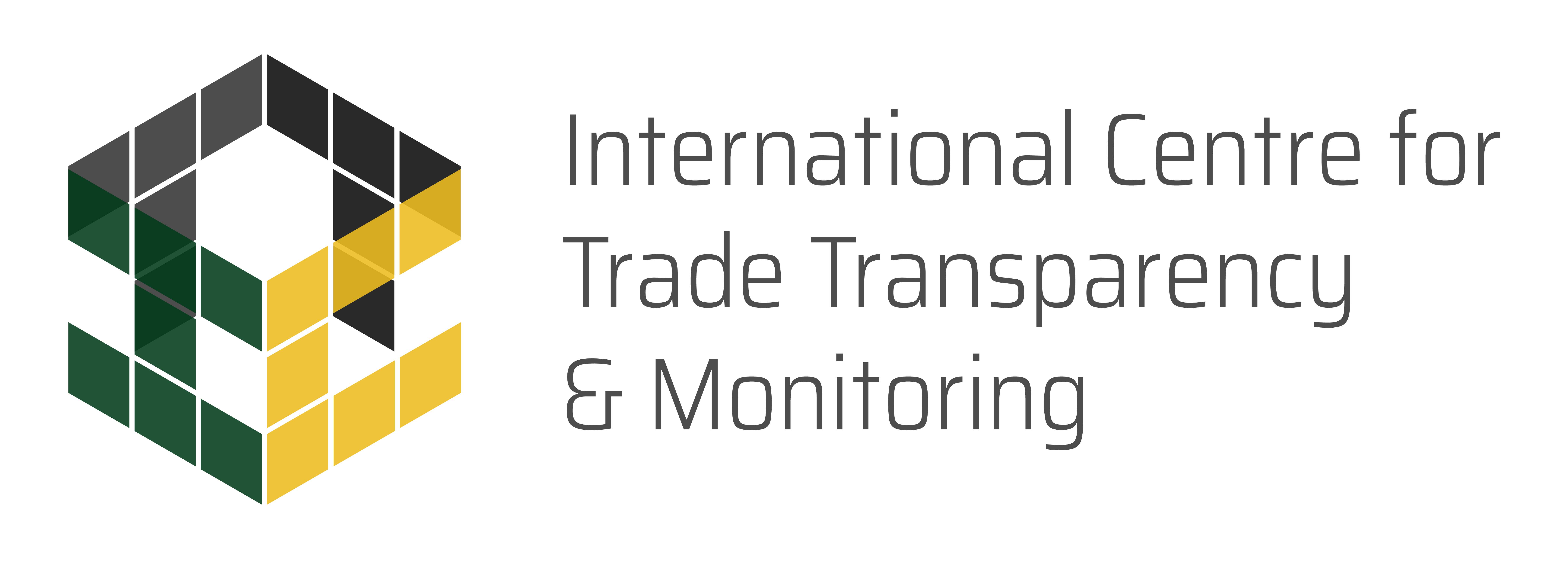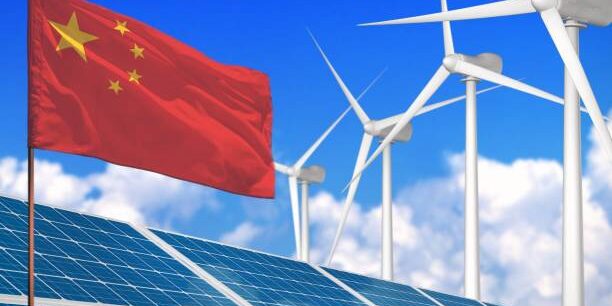At the 10th New Energy Industry Chain Expo 2025, industry leaders and experts gathered in China to reflect on the future of the new energy sector and its role in shaping a more sustainable and resilient global supply chain. The discussions highlighted a strong momentum toward renewable energy, supported by data-driven strategies and international collaboration.
As the world shifts from traditional fossil fuels to cleaner alternatives, renewable energy is becoming a cornerstone of modern supply chain planning. With projections indicating that renewables could account for nearly 30% of the global energy supply by 2030, countries like China and members of the European Union are making significant progress. By 2024, clean energy sources, including renewables and nuclear power, made up about 40% of global power generation—with China contributing approximately 35% to that share.
The cost of renewable energy technologies continues to decrease, creating more opportunities for supply chains to operate sustainably and cost-efficiently. Over the next decade, the levelized cost of electricity (LCOE) for solar, wind, and nuclear energy is expected to fall, while traditional energy sources may see cost increases. This trend supports greener logistics, more stable manufacturing operations, and greater investment confidence across the energy value chain.
China also continues to lead the charge in the electric vehicle (EV) sector. Between 2019 and 2027, EV sales in the country are projected to grow at an impressive compound annual growth rate (CAGR) of 44%, reaching up to 22 million units. This rapid growth fuels demand for energy storage systems (ESS), creating new opportunities for innovation and capacity building in both upstream and downstream supply chain segments.
From 2024 to 2030, installations of solar, wind, and energy storage systems are expected to rise steadily, with storage demand projected to grow at an annual rate of 11%. This positive development ensures that supply chains for components, materials, and supporting infrastructure remain active and expanding, further enhancing reliability across sectors.
Despite some challenges—such as price fluctuations and regional policy changes—the new energy industry continues to maintain a forward-looking approach. Raw material prices for batteries and solar modules are stabilizing, helping enterprises manage costs and plan with greater certainty. Moreover, global awareness of geopolitical risks is encouraging stronger cooperation and smarter sourcing strategies, ultimately strengthening international supply chains.
China’s strategic focus on data transparency, recycling initiatives, and global pricing capabilities is also setting a strong example. By promoting circular supply chains and supporting urban mining, the country is advancing toward a more independent and secure resource ecosystem that benefits both domestic and international markets.
Overall, the event reflected an optimistic outlook: as countries and industries align toward clean energy goals, the global supply chain stands to benefit from improved efficiency, resilience, and sustainability.
#ICTTMNews #CleanEnergyNews #SupplyChainUpdate #PositiveNews #GreenTransition #BreakingNews







